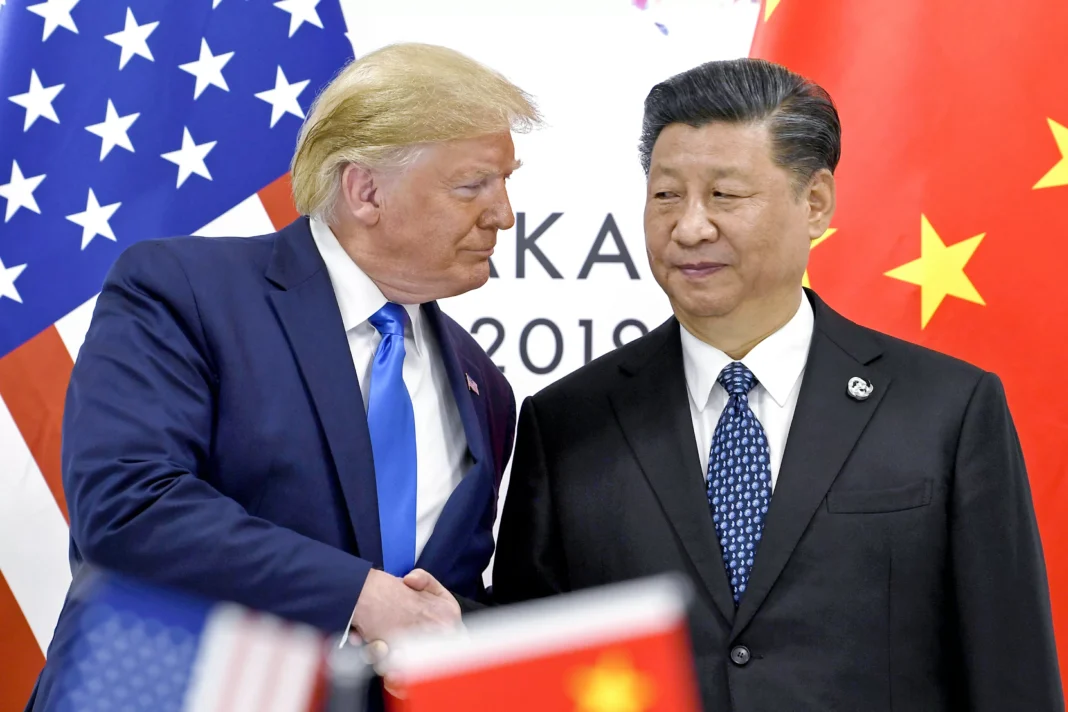The trade war between the United States and China has been ongoing for over a year now, with no clear end in sight. However, in his second term, President Donald Trump has escalated this war, causing concern and challenges for all Asian economies. This is not just a problem for China, but for all countries in the region, both large and small.
The trade war between the two economic giants has had a ripple effect on the rest of the world. As the US and China continue to impose tariffs on each other’s goods, it has created uncertainty in the global market and has led to a slowdown in economic growth. This has had a significant impact on Asian economies, who heavily rely on trade with these two countries.
One of the major challenges for Asian economies is the disruption of supply chains. Many businesses in the region are heavily dependent on imports from China for their production. With the tariffs and trade restrictions, the cost of these imports has increased, causing businesses to either absorb the extra costs or pass them on to the consumers. This has led to an increase in prices, making it difficult for businesses to stay competitive in the global market. It has also affected their ability to expand and invest in new technologies, hindering their growth and development.
The trade war has also caused a decline in foreign direct investment (FDI) in the region. With the uncertainty in the market, investors are hesitant to put their money into Asian countries, fearing a potential economic downturn. This has been a major setback for many developing countries in the region, who rely on FDI for their economic growth.
Moreover, the trade war has also had a negative impact on the value of currencies in Asian countries. As the US dollar strengthens, it has caused a depreciation of Asian currencies, making imports more expensive and exports less competitive. This has also led to a decrease in consumer spending power, affecting the overall economy.
While the trade war has created challenges for Asian economies, it has also presented opportunities. Many Asian countries have started to explore new markets and diversify their trade partners. This has allowed them to reduce their dependence on the US and China and mitigate the effects of the trade war. It has also pushed countries to focus on domestic production and invest in their own industries, leading to potential long-term economic growth.
Furthermore, the trade war has also highlighted the need for regional cooperation and integration. As countries in Asia face similar challenges, there is a growing realization that they need to work together to find solutions. This has led to increased discussions and collaborations among countries, with the aim of creating a more resilient and united region. This could potentially lead to the creation of new trade agreements and partnerships, which would benefit all economies involved.
In addition, the trade war has also brought to light the importance of diversifying economies. Many Asian countries have been heavily reliant on exports for their economic growth, neglecting other sectors such as agriculture and services. The trade war has shown the vulnerability of such economies and the need to diversify to reduce the impact of external factors.
It is also important to note that not all Asian countries have been affected equally by the trade war. While larger economies like Japan and South Korea have been heavily impacted, smaller economies like Singapore and Taiwan have been relatively less affected. This is due to their strong economic fundamentals, such as diversification, strong domestic demand, and robust financial systems.
In conclusion, the trade war between the US and China has created challenges for all Asian economies, but it has also presented opportunities for growth and development. It has forced countries to look within and focus on domestic production and diversification. Moreover, it has highlighted the importance of regional cooperation and integration. It is crucial for countries in the region to work together and find solutions to mitigate the impact of the trade war and build a stronger and more resilient economy. The future of Asian economies relies on their ability to adapt and navigate these challenges, and with the right strategies and cooperation, they can emerge stronger and more prosperous.



